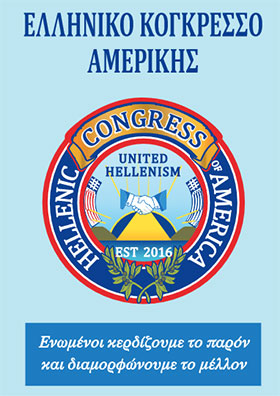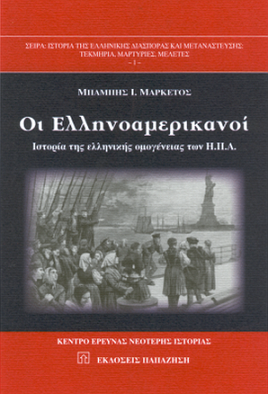The Unlikely Story of Ethiopia’s Olympiacos

Greeks are indeed everywhere; this is an indisputable fact. However, there are cases where Hellenism has put its lasting mark in the least likely of places. And the Olympiacos Hellenic Athletic Association in Addis Ababa, the capital of Ethiopia, is one such example.
With its blue and white colors, private facilities, philanthropic work many sports clubs, the Olympiacos Hellenic Athletic Association goes beyond embracing the Addis Ababa Greek community and represents Hellenism itself in the African country.
In 1910, the Greek community was the most populous of all Addis Ababa’s foreign groups, with 334 people, mainly from the Aegean, Ionian Islands and Cyprus. In 1918 the first social group was founded there.
In 1935 the number of Greeks in Addis Ababa reached 3,140, with many arriving there following the Asia Minor Disaster. More settlers from the Peloponnese and Epirus raised the number to almost 4,000 in the 1960s, the peak of the Greek presence in Ethiopia’s capital.
In the 1920s, Greek children who were studying in English schools in Egypt and Sudan formed the first sports teams in neighboring Ethiopia. During the Italian occupation of Ethiopia (1936-1941), the Italians also organized football matches in Addis Ababa.
In the first of the matches against the Greeks, the Italians were drubbed 3-0, with Ethiopian spectators bursting into applause as a show of disapproval of their conquerors. In response, the Italians banned any sporting activity in the Greek community.
On March 12, 1943 at the Atlantic Hotel in Addis Ababa, about 15 young Greek boys founded Olympiacos by merging the sports departments of the Greek Community School and the Papadopoulou School. The idea, shaped before the capital was liberated from Italian occupation, could unfortunately not become a reality before the Italians left.
Among the founding members of the society were George Doukas, Vangelis and Manolis Dritsonas, Christos Kavvadias, Elias Logothetis, Agamemnon Pytharas, and Alekos Chatziandreas. The founding assembly elected a seven-member board of directors, chaired by Nikolas Efthymiadis, secretary Costas Papatzimas and treasurer Manolis Dritsonas.

Dritsonas, along with George Myriallis, who supported the association financially since the beginning, served the club for decades in various positions.
In 1955, however, the club had serious problems again, coming close to dissolution. It was then that merchant Giannis Velissariou took over the helm, opening a brilliant chapter in its history, succeeding, among other things, in the acquisition of modern sports facilities, locker rooms and recreation areas for young children.
It should be noted that the emperor of Ethiopia, Haile Selassie, was also present at the inauguration of the organization’s Olympic Hall. Velissariou was the longest serving president, creating success after success for the group.
As one of Ethiopia’s leading sports clubs, Olympiacos was a founding member of the country’s football federation, which was founded in 1943 as well. Olympiacos was also a founding member of the nation’s basketball federation with the team earning many distinctions. The Greek club was also a founding member of Ethiopia’s tennis, ping pong and volleyball federations.
Olympiacos’ basketball club was very successful over the years, winning first place in an international African tournament, going to to triumph in 18 consecutive championships in Addis Ababa.
Olympiacos excelled in football as well in the 1940s. In 1945 the club were finalists in the first edition of the Ethiopian Cup. In 1947 the club cam in third in the opening official championship of Addis Ababa; in 1950 they came in fourth, earning fifth place in 1952.
In 2008 Greek Cypriot businessman Nasos Roussos was elected to head up the organization. In 2013 all Olympiacos sports clubs were dissolved, with only the basketball team remaining active.
However, the Olympiacos Hellenic Athletic Association still remains very active in the realm of social projects and philanthropy. It is the reference point of the Greek community there, together with the Greek kindergarten, elementary school, high school and boarding school.
The club’s facilities serve as meeting points for social gatherings as well, with the church of St. Froumentios (built 1926- 1928) providing church services to the Greek community.
Πηγή: world.greekreporter.com










Σχόλια Facebook